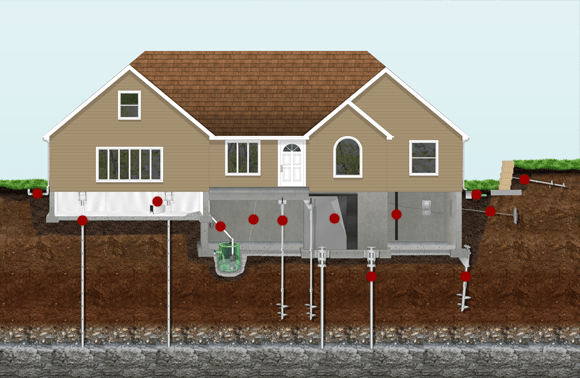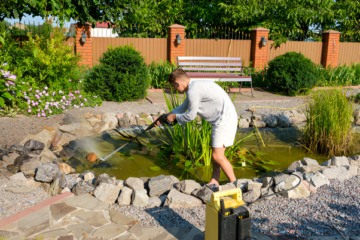Home Foundation Repair

Your home’s foundation is continually stressed by many factors: from imperfect construction to hydrostatic pressure, from natural soil movement to the house’s total weight. When external forces are too strong for the foundation, your home faces various problems that can be both superficial and possibly devastating.
When a building’s foundation fails, construction pathologies spread throughout the structure, putting it at risk of structural collapse or economic ruin at best. This should not happen since foundation repair is possible in practically 90% of the cases.
Four reasons for the formation of foundation cracks:
- The natural drying, hardening, and curing concrete process creates vertical cracks in some basement walls as the substance dries and hardens. Depending on conditions during foundation installation (including air temperature, particle density, concrete temperature, the humidity of the day, and various other factors), concrete can take up to ten years to cure. However, between the first and third years, curing cracks typically occur. During this time, additional cracks may form, with the first cracks often forming within the first two weeks of wall construction. Many of these cracks are not structurally dangerous, but all foundation cracks must be monitored and taken seriously.
- Concrete foundations are subjected to severe stress when they are formed. To save time and money, foundations are always backfilled before the concrete has time to harden and settle. The impact of the sudden pressure of the backfill on the walls – combined with the impact of stones hitting the exterior foundation wall as space is being backfilled – can easily damage the wall. Until construction is complete, the foundation is not protected from temperature changes from the outside. This causes the concrete to expand and contract with temperature changes.
- When the concrete is mixed, vibrating rods are inserted to agitate the mix’s air bubbles to the top. If this is done incorrectly or too quickly, the large air bubbles become part of the concrete at its foundation. These bubbles in the concrete make the foundation weaker. To make matters worse, these air pockets cool and expand at different rates than the concrete. This causes further deterioration and cracking of the concrete.
- If too much water is mixed into the concrete, it weakens and becomes much more susceptible to crumbling and early flaking.
Be attentive to the increase of cracks in your house; although the presence of cracks in the home may be constant since its construction, the appearance of new cracks may be a sign that the problem is worsening; observe if your openings are wider on the first floor and basement.
In pier and beam foundation repair fort worth tx, the most complicated thing is locating the cause or causes of the pathologies. Most of the time, the problems arise by the accumulation of reasons that prevent precise diagnoses, and we advise that the repair solutions are “generous” to ensure constructive integrity.
Typically, two completely different alternatives are analyzed for foundation rehabilitation:
Option 1: Injection of epoxy or cementitious resins to clog the ground and recover the soil’s bearing capacity. This has the great advantage of not having to act in principle inside the house; it is an effective and clean solution.
Option 2: Increase the dimensions of the footings since the soil’s bearing capacity may have decreased, increase the dimensions of the foundations so that the transmission of loads is spread over a larger surface. This option is much more destructive; for its execution, it is necessary to carry out a more complex work; it implies the breakage of finishes and the generation of noise and debris.
To make the right decision on home foundation repair with the help of foundation repair contractors tucson az, it is necessary to analyze the need to reinforce damaged walls and pillars and the transmission of loads on the foundation in a strange way. This circumstance may cause overturning problems in the future when the deferred load settles on the new wall, which is more rigid than the original one.











